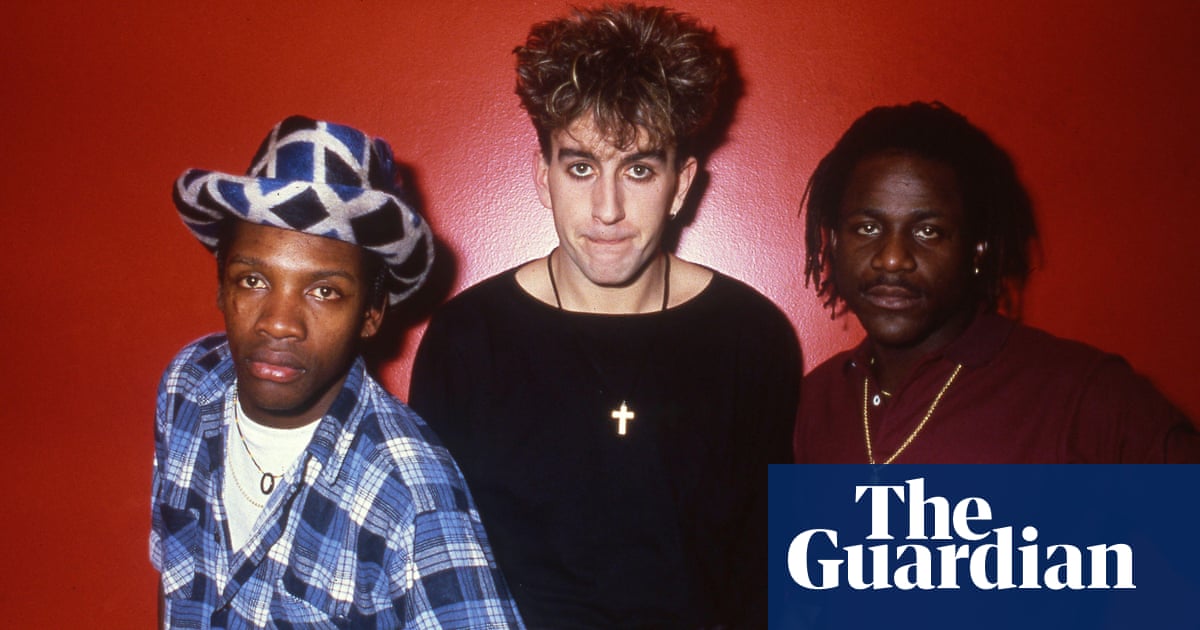
The supreme court’s leaked draft opinion overturning Roe v Wade, the 1973 decision protecting a woman’s right to an abortion in the US, is not official yet, but the ink might as well be dry. At best, Roe will be gutted to the point of near meaninglessness; it is very likely that come June, the ruling will be overturned entirely, allowing so-called “trigger laws” in 26 states to ban abortion as soon as possible. The US in 2022 will suddenly resemble the US in 1972, when a handful of states had legalized abortion and twomen sought out shadow networks of illegal providers – some dubious and dangerous, some not.
I don’t think it’s a coincidence that as a conservative majority solidified on the court, and as Roe’s vulnerability became more clear, a handful of recent films have focused on the tense days just before legalization. Happening, the French director Audrey Diwan’s film based on Annie Ernaux’s memoir, is a spare, haunting portrait of a young woman’s search for an illegal abortion in 1960s France. (The film, which premiered at Sundance in January, is out in the UK and arrives in US cinemas this weekend.) Phyllis Nagy’s Call Jane, which also premiered at Sundance and will get a wide release in October, stars Elizabeth Banks as a late-60s suburban housewife who goes from patient to provider within the Jane Collective, a real underground abortion network in Chicago. The Janes, an HBO documentary recounting the history of the Jane Collective, will premiere in June, probably coinciding with the court’s final decision.
Culture is not linear cause and effect, and it’s impossible to say how film and television portrayals of abortion play into this extreme regression. But they do offer an imperfect mirror to a culture in flux – one that, contrary to the court and state legislatures, has generally made slow progress toward depicting the reality of abortion, which for many women is safe, uncomplicated and free of shame. It is a great irony that as abortion on screen has become less sensationalized and more realistic, the off-screen landscape for reproductive healthcare in the US has grown more hostile and misaligned with public opinion.
Take the burgeoning mini-genre of abortion road-trip movies – a handful of films from the last two years, disparate in tone but united on a woman’s right to choose, whose plots stem from the difficulties of obtaining reproductive healthcare in the US. Those films – Natalie Morales’s Plan B, Rachel Lee Goldenberg’s Unpregnant and Eliza Hittman’s Never Rarely Sometimes Always – were in part a response to a wave of state-level crackdowns on abortion access passed in 2019. All three – two buddy comedies and a somber drama – took their teenage protagonists’ decision to get an abortion or, in the case of Plan B, emergency contraception, as a given. Their drama hinges not on internal ambivalence but the real inane and cruel hurdles – age restrictions, hours of travel, money, so-called “crisis pregnancy centers” posing as medical care – to enacting her will.
In contrast to past films, which have portrayed post-Roe abortion as more dangerous than it is, both the pre-Roe films and the abortion road-trip movies depict the procedure as clinical, careful and undramatic. Call Jane includes a real-time procedure whose steps are repeated; Nagy’s camera lingers over the metal instruments, the calm instructions of the providers, on several women’s faces in anxious, determined repose, emphasizing the procedure as precise, professional medical care. Director Alex Thompson’s 2019 comedy Saint Frances takes a similarly unsentimental approach to medication abortion, an increasingly common method for US women and one that barely reaches the screen. The procedure is unvarnished and straightforward: we witness Bridget (the film’s writer, Kelly O’Sullivan), a 34-year-old ending a surprise pregnancy, endure cramps and shed clotted blood over the course of an evening, then go about her life with all its other complications and contradictions.
Network TV appears to be catching up. A 2021 episode of NBC’s hit This Is Us framed an abortion as a teenager as a traumatic event that required healing, but because of a toxic relationship, not the abortion itself. The writer and executive producer KJ Steinberg told Entertainment Weekly she wanted the flashback storyline, which features scenes from before and after the procedure, “to reflect the seriousness of the decision without representing it as a life-defining trauma, because it’s not. The trauma was the abusive relationship.”
This is not to say that abortion on screen reached accuracy just as access crumbled. According to a report by Abortion Onscreen, a project run by reproductive health researchers at the University of California at San Francisco, TV in 2021 continued to overrepresent white women receiving abortions (68% of portrayals; the majority of women in the US who get them are people of color) and underrepresent women who are already parents (14%, compared with 59% in real life.) Both TV and film have underplayed the restrictions many women, particularly poor women and people of color, faced in obtaining an abortion even with Roe on the books.
Film and TV have undoubtedly shaped our collective understanding of abortion – there’s power in disclosure, in honest depiction, in busting taboos. But soft influence cannot, unfortunately, overturn a supreme court ruling. The latest mini-wave of abortion films looking to the past – Call Jane, Happening, The Janes – could once be seen as a warning, now as a window to a regressive future. We shall see how the devastating shock of that will suffuse the next mutation of abortion on screen.












